Select Language |
Rapidly evolving transition towards a hybrid team working future.
Learn to adapt to these new circumstances.
Decades of office-based team working have been swept aside overnight and are being replaced by a rapidly evolving transition towards a hybrid team working future. All companies need to learn how to adapt to these new circumstances and Global Business Culture feels our suite of Hybrid Team training courses can help you to navigate this complex new future of work.
We have 15-years’ experience in helping global clients work more effectively in virtual, remote and hybrid environments – we have not just addressed this topic as a response to the COVID pandemic – and that history means our Hybrid Teams training programmes are anchored in experience and practicality.
Working with major clients across multiple sectors all around the world, our Hybrid Teams training modules address the two key constituencies affected by new hybrid working models – managers and associates. Both of these groups are heavily impacted by new ways of hybrid working but need to focus on different aspects of this future way of working.
Many, if not most, managers have developed their managerial skills in an office-based environment and the move to a more flexible, fluid team working arrangement challenges many of the traditional precepts of management. Therefore, any manager who is transitioning into a hybrid environment should reassess their entire management skill set.
Our practical ‘Managing Hybrid Teams’ training programmes focus on three crucial areas:
• Managing the team as a team
• Managing individuals within the team
• Managing your own work schedule
Although many employees see the move to a hybrid team working future as a massive positive, the work we do in this area shows that people are nonetheless struggling to adapt effectively to this new way of working. Effective, targeted training can help ease the transition and ensure teams continue to work effectively.
Our ‘Working in Hybrid Teams’ training programmes are designed to build on the work we do with the management population of a company by addressing:
• Working with your hybrid team
• Working with a hybrid manager
• Managing your own work-life balance
In a hybrid team environment, meetings become more essential than ever – but making hybrid meetings work effectively and inclusively seems to be a challenge for many hybrid team leaders.
Leading hybrid meetings effectively is a skill that can be learned and we feel our practically-based learning events can really help managers improve the overall effectiveness of remote and hybrid team meetings.
Our module covers:
• Effective hybrid team preparation
• In-meeting management to promote participation and inclusion
• Post-meeting essentials
How will companies ensure that all team members are treated fairly, equitably and inclusively within a hybrid working environment? If unaddressed, unconscious bias might easily develop within a team which might then mean that team members who are more frequently in close contact with a leader are given preferential treatment in such areas as appraisals and promotions.
Managers need to be aware of the potential for proximity bias becoming part of their approach and our module covers:
• The causes of proximity bias
• Typical forms of proximity bias
• How to guard against proximity bias
• Best practices for inclusion in hybrid teams
Learn from the World’s leading specialists of country-specific and cultural awareness training.
Each of the above programmes is accompanied by a comprehensive suite of back-up materials which can either be forwarded to delegates or held on a corporate intranet for easy access.
These materials are presented as a succinct, easy-to-follow series of worksheets and top tips sheets which directly complement and support the key learnings from the training programmes – this way delegates are able to revisit issues at their own leisure after the conclusion of the training.
Although we are keen to help clients develop hybrid working skills by delivering these training programmes using our team of highly experienced trainers, we recognise that some clients might prefer to use their own internal resources.
Therefore, we have developed a train-the-trainer model where we can train your internal staff and allow you to use our materials and concepts under licence.

We truly understand the repercussions of the inability to fully understand the cultural expectations of clients in another country. It will make it much more difficult to service that client as effectively as possible, inevitably leading to a fall in sales, impacting profitability. We’re passionate about improving processes within the company to maximise return.

We operate in multiple geographies and our full-time consultants are specialists in key countries and areas where you operate. With years of international experience, out team can help you not only with cultural issues but with any commercial challenges, too.

Global Business Culture works with your company to create a truly bespoke approach to a training program. We want to understand exactly what your challenges are so we can deliver the right material for you, your team, and your clients.

We have helped clients cascade learning at scale through our digital learning expertise. Global Business Culture can present you with ‘off-the-shelf’ digital learning solutions as well as customised elearning programs tailored to the specific needs of your organisation.




Many of our clients have been with us for more than 20 years and rely on us for both learning and development input and market entry expertise.

Our client is a legal firm headquartered in Toronto, Canada with offices throughout Canada, the UK, and the US. Our client requested hybrid working training while the staff were transitioning back to the offices. Many leaders from their various offices participated in the training. We met with the HR teams to understand their current situation to customize the content. A total of 12 sessions were facilitated with the participants covering many topics during these 90-minute virtual sessions. The course “Leading Hybrid Teams” is facilitated by their people leaders. The topics included the awareness of proximity bias, providing more context, determining the best modes of communication, and other topics related to leading in a hybrid environment.

Our client is in the insurance sector headquartered in New Jersey, US. They are a global organization with offices in Asia, Europe, Mexico, and the Middle East. Before returning to the office in a hybrid mode, this client wanted to prepare both their leaders and team members in the US and global locations. We planned to conduct several sessions that were focused on the leaders “Leading Hybrid Teams” and “Working in Hybrid Teams” for the team members. During these sessions, we provided best practices to improve hybrid communications, meetings, and proximity bias. We conducted three sessions for leaders and three sessions for team members. We started with Asia since they were planning to move back into the office before the US.

Our client is in the entertainment technology industry headquartered in Boston, US. In June 2022, the company officially began working in a hybrid environment with some employees working 100percent in the office, 100pc remote or in a hybrid office/remote mode. The client realized that leading virtual distributed teams who were working both in the office and remotely would be a major challenge for leaders. They needed a forum where experts could share best practices and the leaders could develop ways of working more effectively together. Global Business Culture designed a customized program which incorporated their ways of working. We changed the name of our course from “Leading Hybrid Teams” to “Leading Distributed Teams” because the word “distributed” is used internally. Due to the number of topics related to this course, they selected the topics related to their needs. Two topics were improving communication and hybrid meetings where participants were attending in the office and remotely. They also requested that the awareness and managing of proximity bias was also covered. We discussed the importance of providing more context and communicating with more remote team members.
We have 15-years’ experience in helping global clients work more effectively in virtual, remote and hybrid environments – we have not just addressed this topic as a response to the COVID pandemic – and that history means our Hybrid Teams training programmes are anchored in experience and practicality.

Just as we thought work would become easier to navigate as we gradually return to the office post-pandemic, it turns out cultural competency will be even more important to consider for hybrid teams.

We are increasingly being asked by clients to run multiple training sessions within their organisations on the topic of Working in Hybrid Teams. It will be essential as we move into the new future of work environment…
© Copyright 2025 Global Business Culture. All rights reserved | Legal Notices